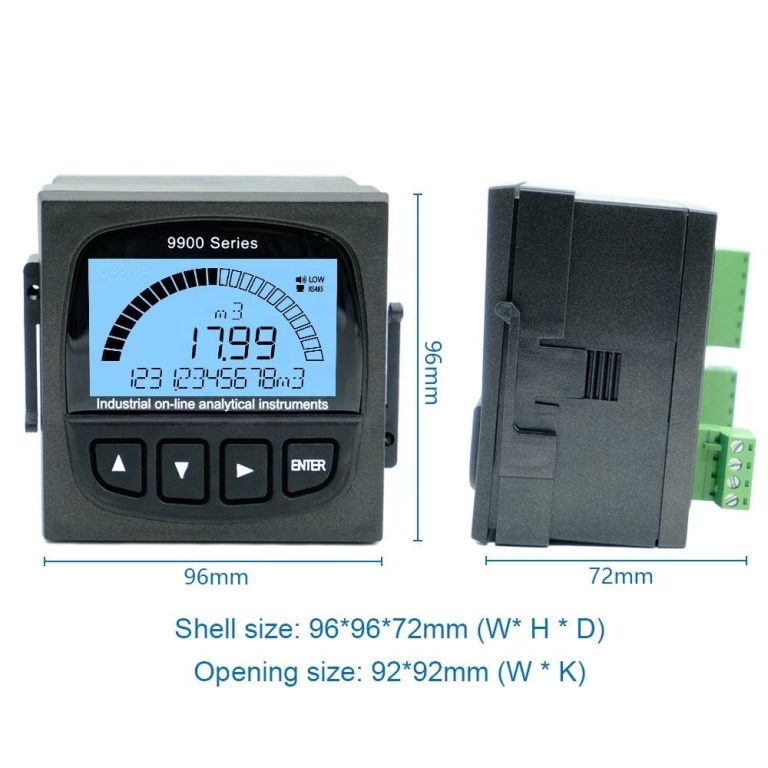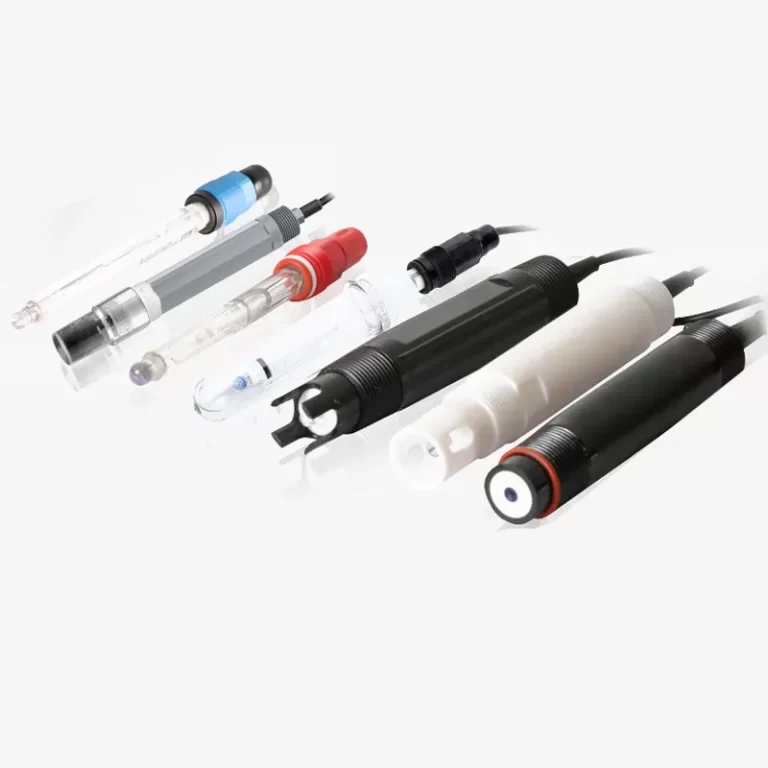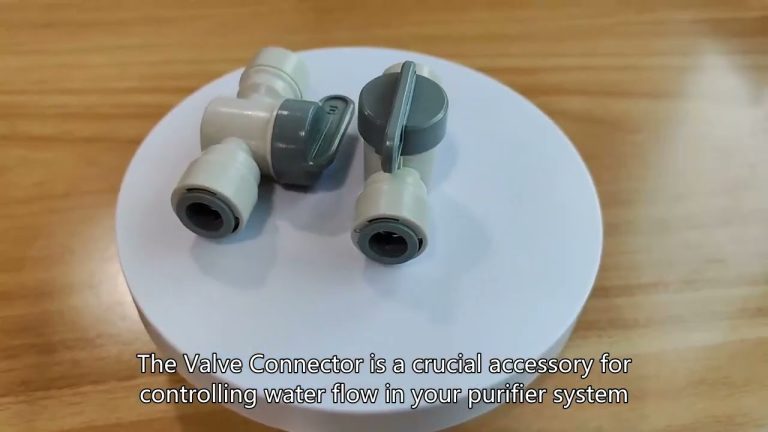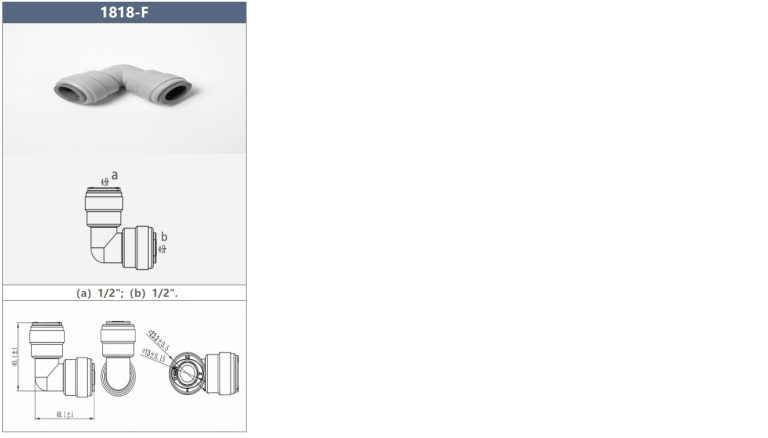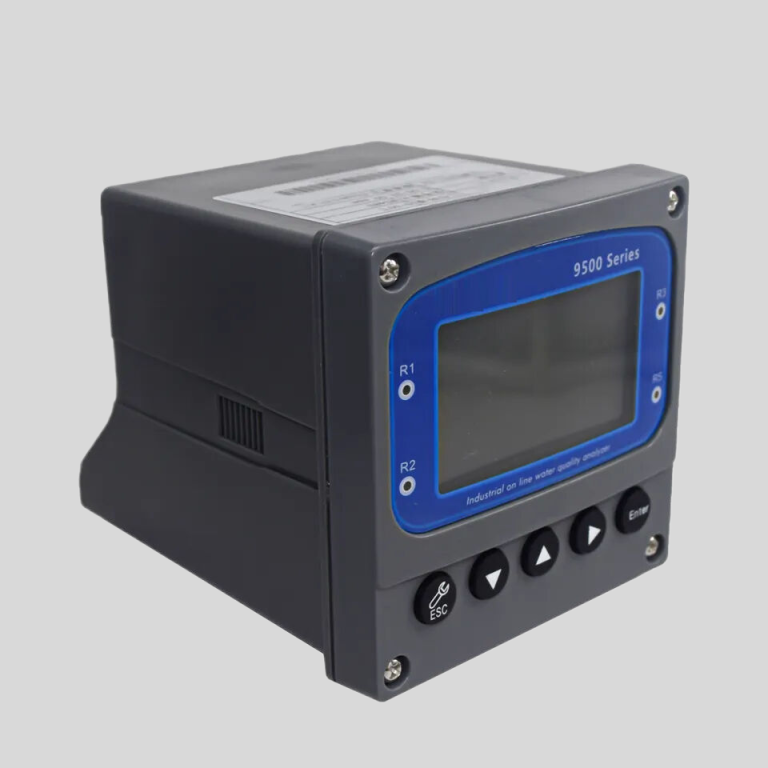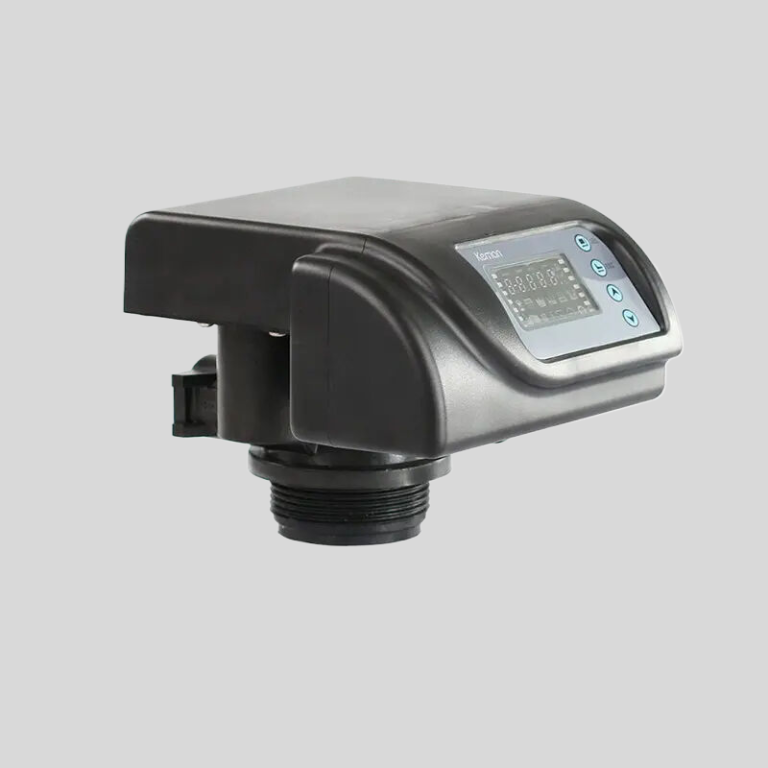“Keep your water softener happy, drain it where it’s nappy!”
Proper Drainage Location for Water Softener Systems
Water softeners are essential appliances in many households, as they help to remove minerals such as calcium and magnesium from water, which can cause limescale buildup in pipes and appliances. However, one important aspect of owning a water softener is ensuring that it is properly drained. The question of where to drain a water softener is a common one, and it is important to consider a few key factors when determining the best location for drainage.
First and foremost, it is crucial to ensure that the water softener is drained into a location that can handle the volume of water being discharged. Water softeners can produce a significant amount of wastewater during the regeneration process, so it is important to choose a drainage location that can accommodate this flow. Draining the water softener into a floor drain or utility sink is often a good option, as these fixtures are designed to handle large volumes of water.
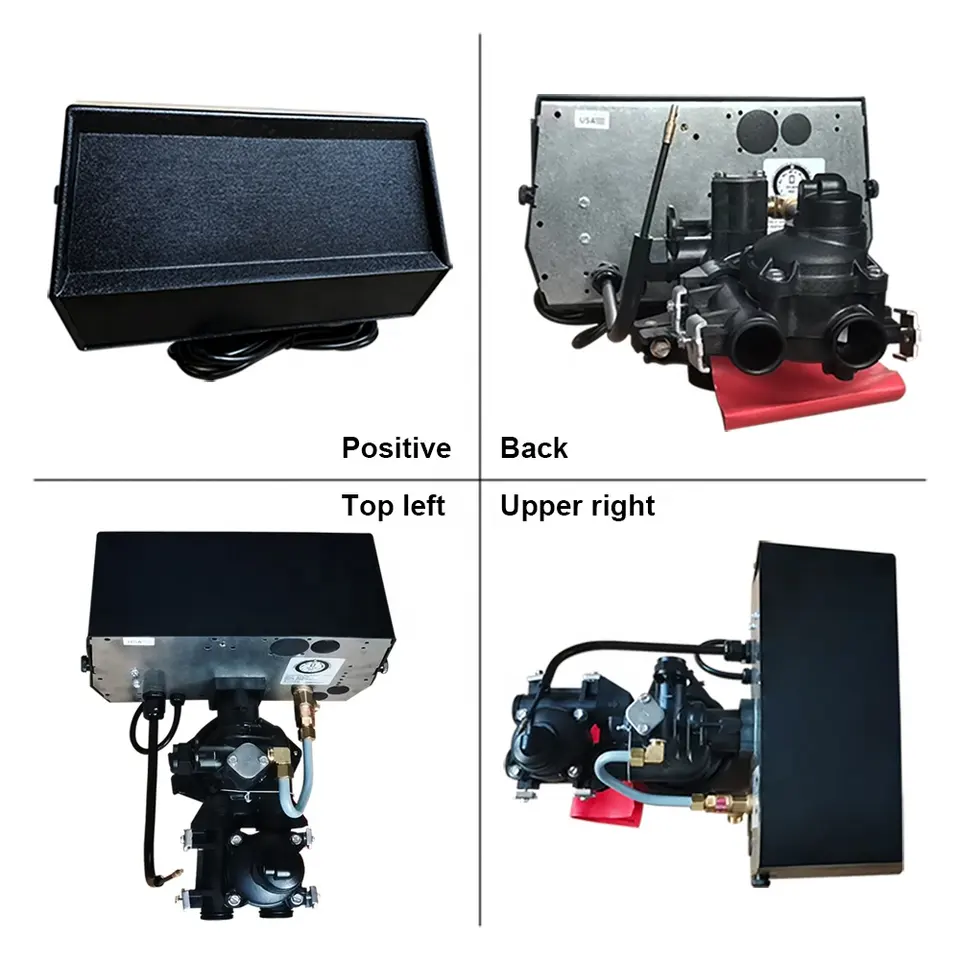
Another important consideration when choosing a drainage location for a water softener is to ensure that the discharge does not cause any damage to your home or property. It is important to avoid draining the water softener into a septic system or a well, as the high salt content in the wastewater can be harmful to these systems. Additionally, it is important to avoid draining the water softener onto grass or plants, as the salt can damage vegetation.
In some cases, it may be necessary to install a separate drain line for the water softener. This can be done by connecting the water softener to a dedicated drain line that leads to a suitable drainage location. This can help to ensure that the water softener is properly drained without causing any damage to your home or property.
| Model | Valve Material | Inlet/Outlet | Continuous (0.1Mpa drop) | Peak (0.175Mpa drop) | Cv** | Maximum Backwash (0.175Mpa drop) | Distributor Pilot | Drain Line | Brine Line | Mounting Base | Height (from top of the tank) |
| CM39 | Unleaded brass | 3″ | 56.81m³/h | 73.86m³/h | 65 | 100gpm | 3″ | 2″(male) | 3/4″(male) | 6″-8UN or FLG | 15″ |
When choosing a drainage location for a water softener, it is also important to consider the convenience of access. It is important to choose a location that is easily accessible for maintenance and repairs, as regular maintenance is essential for keeping the water softener functioning properly. Additionally, it is important to ensure that the drainage location is easily accessible for monitoring the discharge and ensuring that it is functioning correctly.
In conclusion, choosing the right drainage location for a water softener is an important consideration for homeowners. It is important to ensure that the drainage location can handle the volume of water being discharged, that it does not cause any damage to your home or property, and that it is easily accessible for maintenance and monitoring. By taking these factors into consideration, homeowners can ensure that their water softener is properly drained and functioning effectively.

